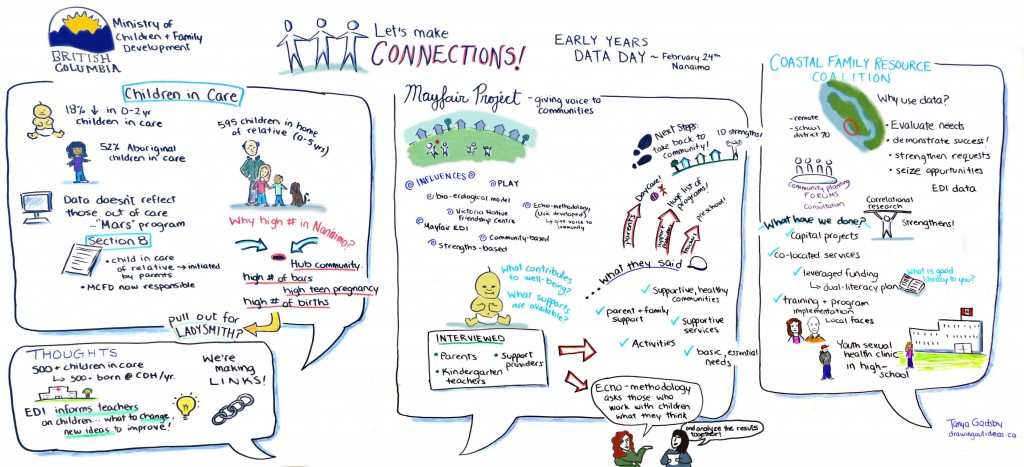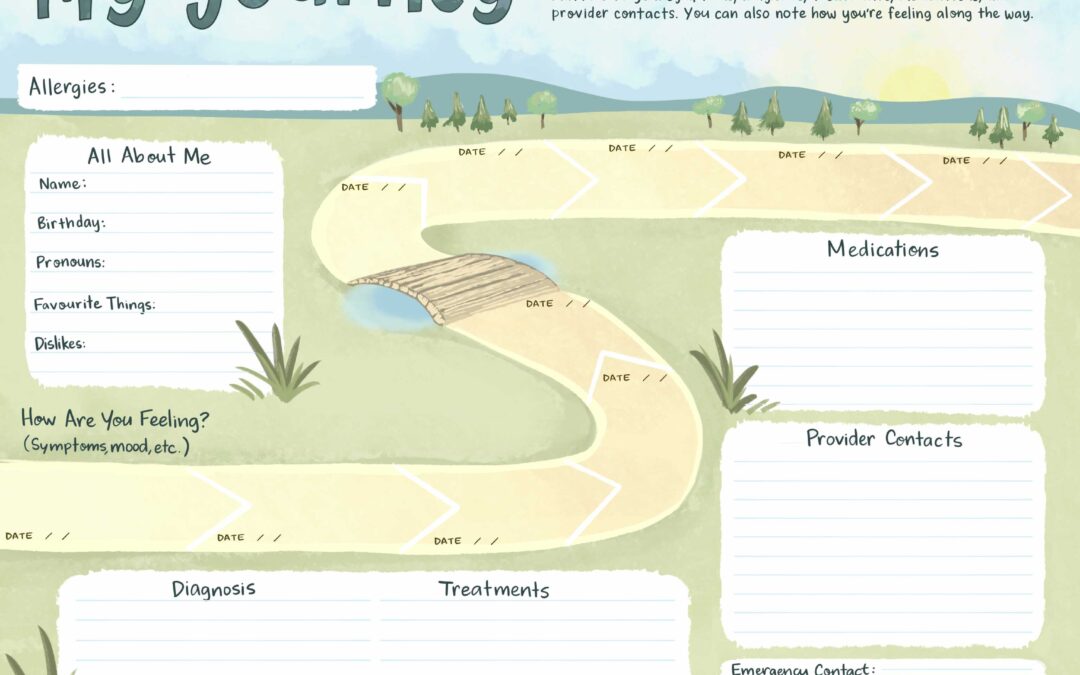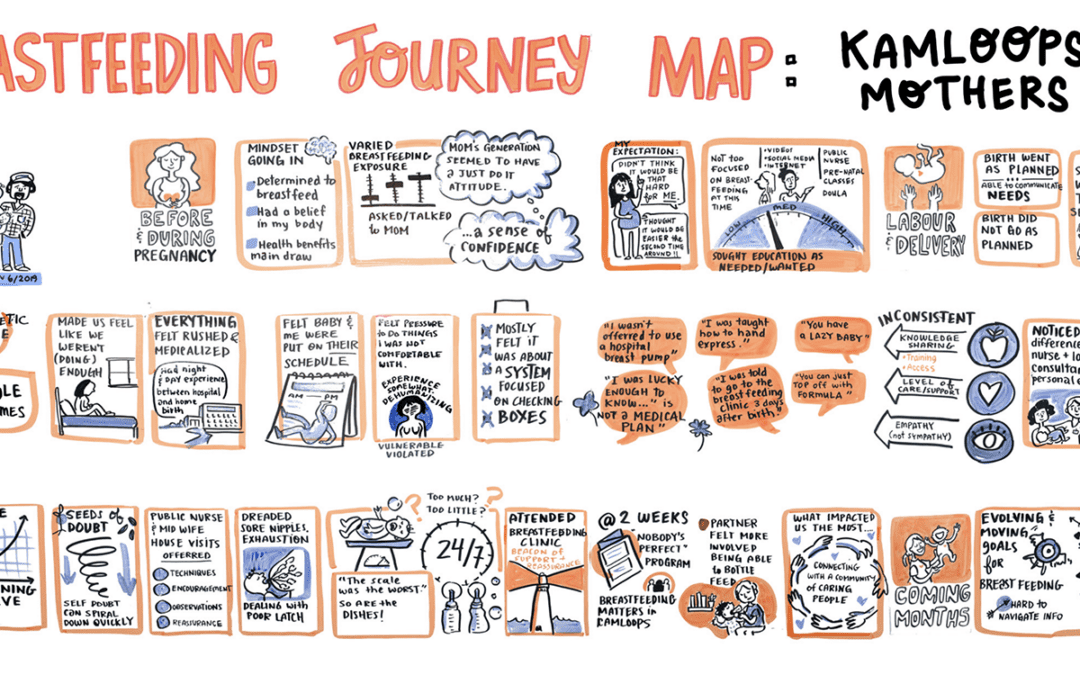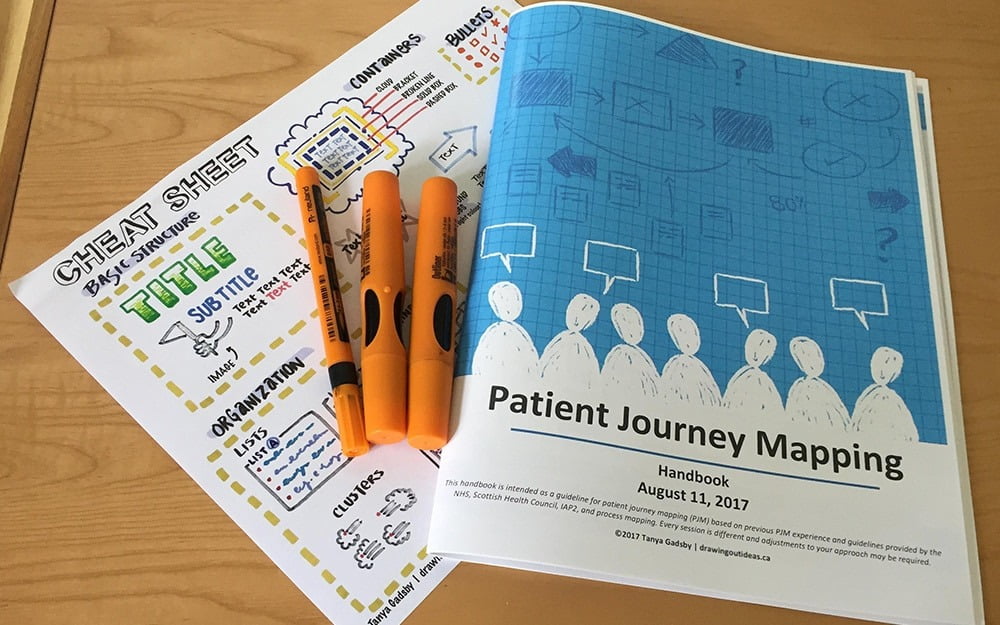Visual communication is embedded in our genes. If we take a look through history we discover that our primary method of communication has always been visual. This is why graphic recording is such a powerful and effective tool.
Prehistoric Man: the first Graphic Recorders
The Lascaux cave paintings (est. 17,000 years old) are the first example of visuals being used to convey a story. These simple images etched into a stone wall are the seeds of human communication.

Even more fascinating is the recent discovery that the cave art at Lascaux appears to move in the flicker of firelight. The legs on bison gallop; the heads on cattle dip up and down; the hunter throws his spear. Not only were they the first graphic recorders, but they were also the first film makers!
http://www.youtube.com/watch?feature=player_detailpage&v=x8exsw6yKXw#t=45s
Egyptians, Phoenicians, and the Greeks
If we move forward a few thousand years to the Egyptians we encounter the beginnings of written language. At first, pictorials were used to convey meaning, which is known as hieroglyphs. The head of an ox was used to represent an ox:
When the Phoenicians came along a few thousand years later, they adopted the word ox, or “aleph,” as the first symbol of their alphabet. Since trading and transactions were recorded, they needed to write the symbol quickly:

As time progressed, the Greeks adopted the Phoenician alphabet and the symbol was rotated and came to represent a vowel, also known as “alpha.” Even our written word has its origins in pictorials and illustration.

Paintings
Moving further through time, images have been vital in conveying stories to the illiterate. Take for example elaborate Medieval paintings and tapestries that serve to communicate Biblical stories to the general population, most of whom couldn’t read.
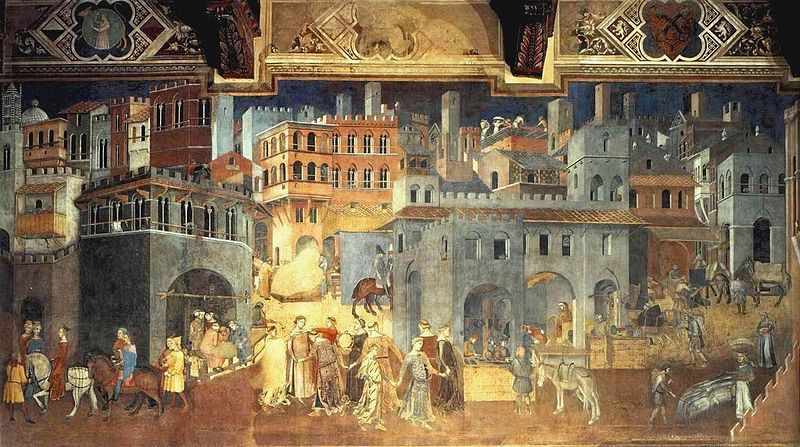
Think of the power people must have felt when entering the Sistine Chapel and seeing the angels high above their heads. Images are the most immediate way to grab attention and convey a message; they cross all language barriers. No wonder the church used imagery so extensively.

Today
Graphic Recording officially got its start in the 1970s and 80s as an innovative way to engage people during meetings. When Apple computers was struggling to determine a way forward in the 1980s, they enlisted graphic recorder David Sibbet during a company retreat to help map out their vision. (Graphic Recording takes full credit for Apple’s success)
Everywhere we look, visual design and symbols have increasing importance – especially as the pace of information sharing increases. Pinterest, Facebook, YouTube, Imgur, iPads, and smart phones are all image-centric ways of communicating.
Even though Graphic Recording is considered a new way to engage and communicate, it has actually been around for millennia. Capturing words and ideas and transforming them into images is what we’ve been doing since we were able to raise charcoal stick to cave wall.


